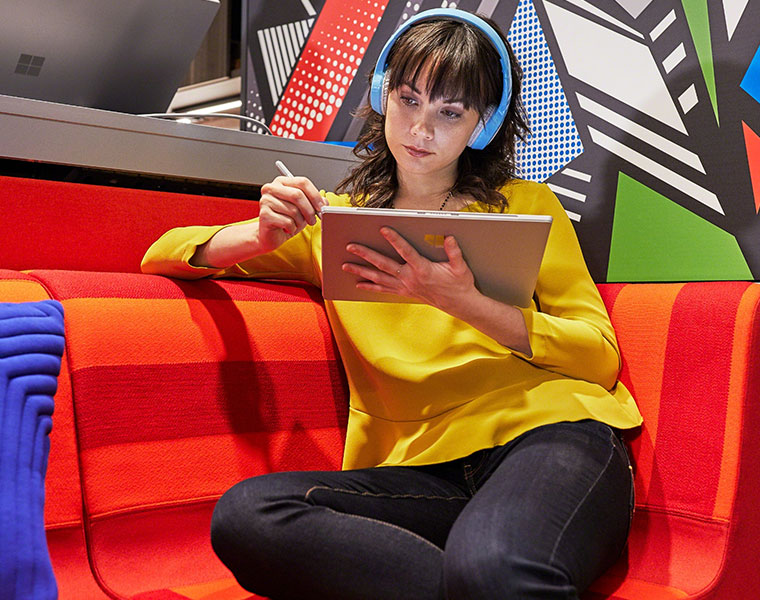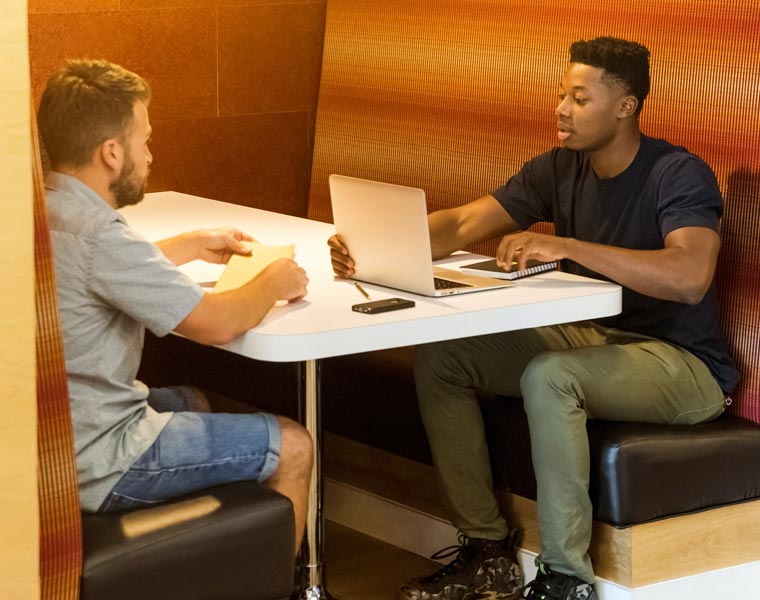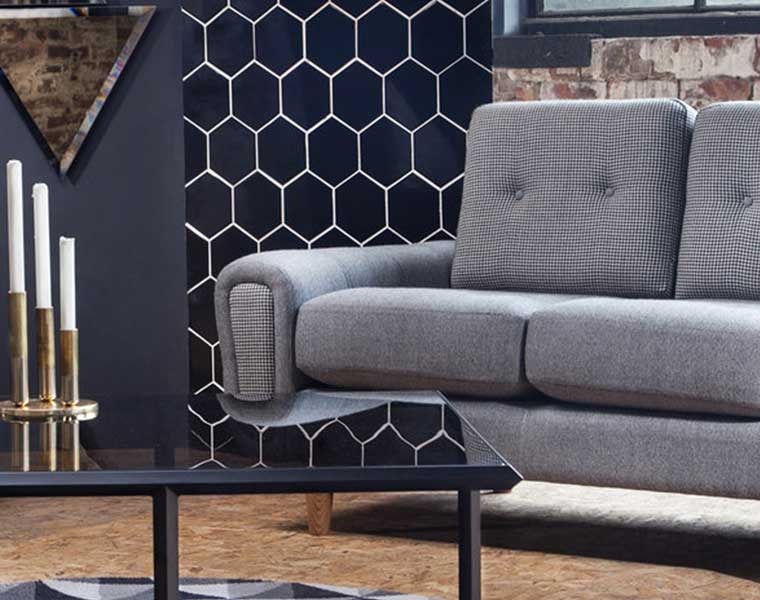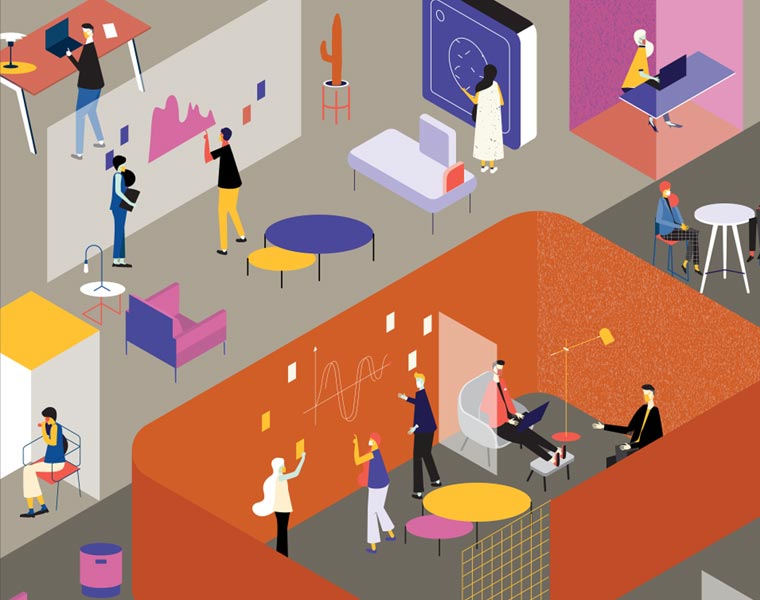As we prepare to go into a second national lockdown, with businesses around the UK urged to disperse and work from home, we wanted to remind our customers and blog readers about the importance of staying positive. Part of trying to remain as positive as possible, even in extremely challenging circumstances, is looking for a silver lining and in this article, we suggest that Lockdown 2.0 might at least give businesses time and space to consider the concept of a more inclusive workplace.
This time last year, we were preparing to publish our Inclusive Workplaces: The Future of Office Design report which we ran in partnership with global public opinion and data company, YouGov. We conducted a survey of almost 1,000 UK office workers to gain insight into how inclusive (or indeed, non-inclusive) the country’s working environments were at the time.
Some of our key findings included:
- 72% of people want to work for an inclusive company
- Inclusive design (25%) is now a higher priority to employees than private healthcare (15%)
- Over a quarter of workplaces are still lacking wheelchair access
- 66% of 25-34-year olds want more work settings designed to support mental health
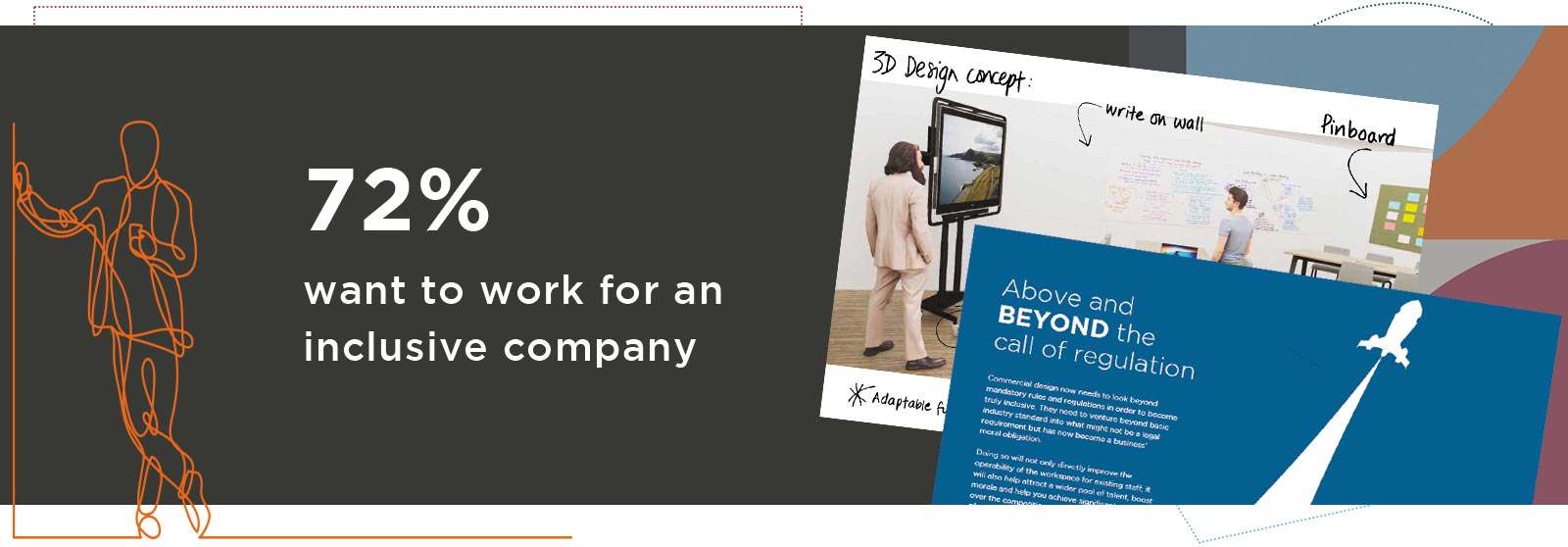
As we mentioned in our report, which was released in November 2019, our experts predicted so much of a shift towards more inclusive space design and configuration that we dubbed it “more of a movement than a trend”. Obviously, 2020 took a turn that none of us saw coming, with the ongoing Coronavirus pandemic throwing a spanner in the works and halting the traction which we expected to see gaining in the arena of inclusive workspace design.
That said, we would now like to pose the idea that the second national COVID lockdown that has just been announced in the UK has the potential to change this and once again encourage a sharper focus on making working environments more inclusive for the diverse workforce.
So, what can be done to improve the working environment whilst staff are at home and physically distributed or whilst a business is enduring an unfortunate shutdown period?
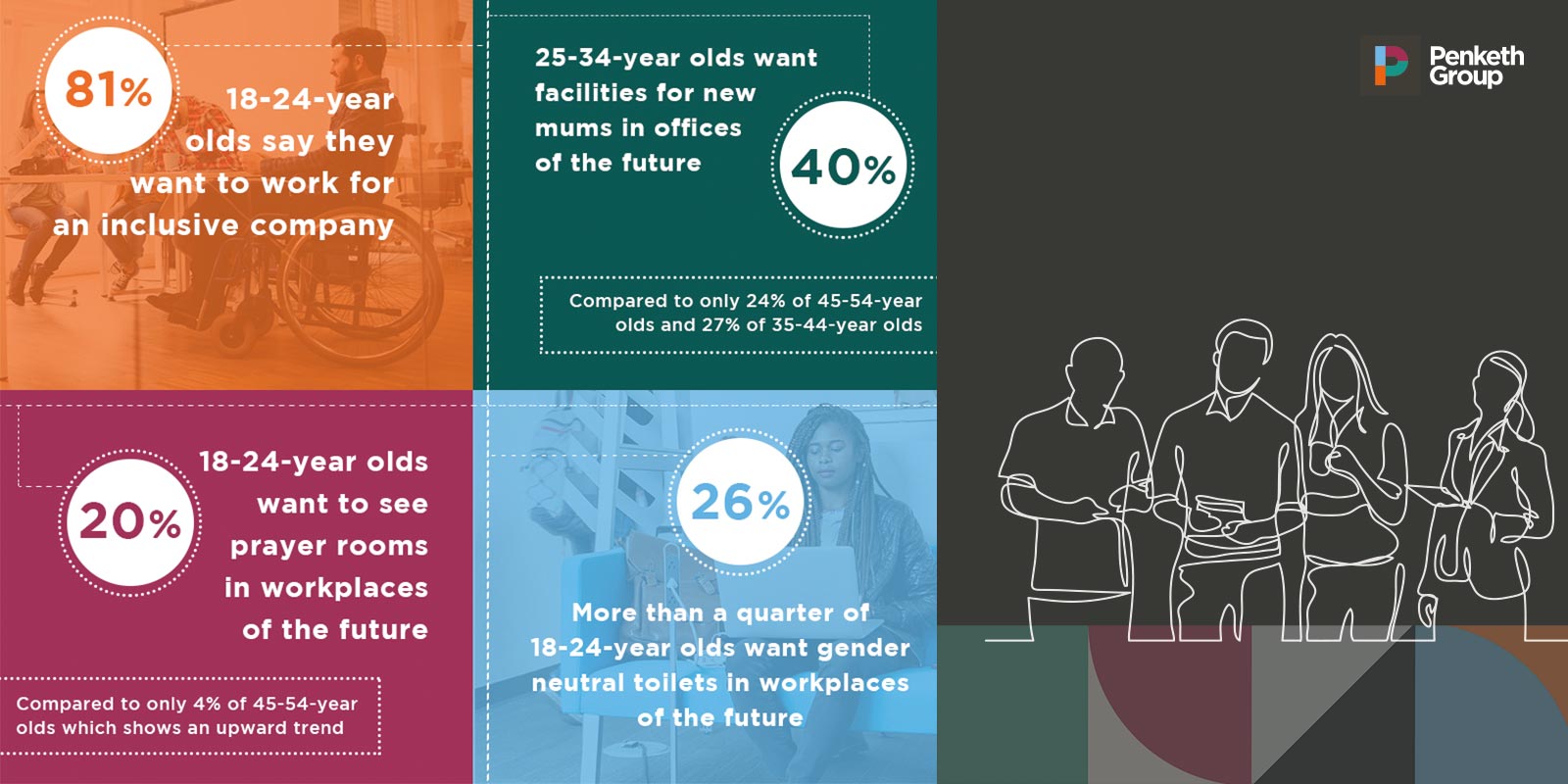
How to make the post-COVID workplace more inclusive through office design and fit out
It might not have been a change any of us wanted but having the opportunity to consider the physical workspace without anybody in it for the next few weeks could be extremely beneficial in the long run. As we mentioned in our blog post questioning whether retrofitting is really the only response to post-pandemic design, we talk about creating an environment that employees are going to want to work in for years to come, not just an extreme knee-jerk reaction to current circumstances.
Start by taking a close look at how your workspace is currently set up and evaluate what has worked well for you so far and what areas are calling out for some improvement. We already know that moving forward, more video conferencing settings and an emphasis on collaboration spaces are going to take president over hot-desking and assigned seating due to infection control measures and increased agility within the workforce. However, we’re encouraging our customers and businesses around the world to see now as the perfect opportunity to consider how they might be able to make their working environment more inclusive, for the increasingly diversifying workforce of today.

When responding to the shifts in what is now required of the modern working environment, here are some ways you can implement more inclusive elements within the overall look, feel and configuration of the space:
More private spaces – Worryingly our previous research revealed that 44% of 25-34-year olds haven’t currently got access to any private spaces. For neurodiverse employees, those with an introvert personality or simply those who require peace and quiet in order to concentrate on individual focus work, privacy in the workspace is essential.
Technology-free settings – Whilst video conference resource and workplace technology are going to be crucial in maintaining connection as employees are more physically disconnected than ever before, it’s important to also provide settings where technology is absent. This facilitates those who work best using analogue methods, as well as the older and less technically-competent members of a workforce which is increasingly expanding in age span.
Revised accessibility in and around the workspace – Traditionally, the configuration of a workspace is created by using the standard measurements of two able-bodied people passing through walkways and corridors. In order to accommodate employees who are wheelchair-users more inclusively though, now is the ideal time to reassess the width of access paths around the space and in between various work settings, furniture and storage.
Download the full Inclusive Workplaces: The Future of Office Design report for further reading on the topic.
